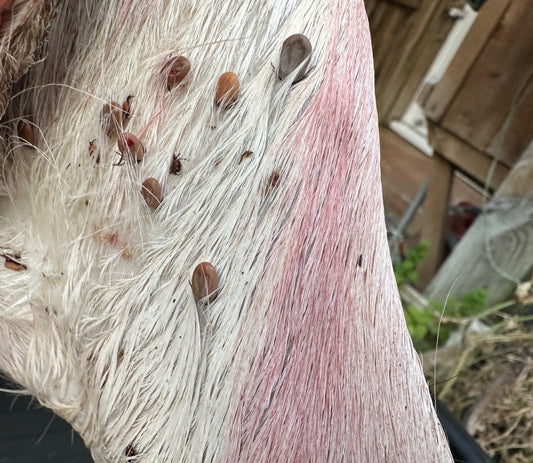The dynamics of deer populations in natural ecosystems are a subject of keen interest and critical importance for conservationists, wildlife managers, and environmental scientists. Central to these dynamics is the concept of natural recruitment, a fundamental process that underscores the self-sustaining capabilities of deer populations through the birth and survival of offspring.
Understanding natural recruitment is essential not only for the effective management of deer populations but also for maintaining the delicate balance within ecosystems where these animals play a pivotal role.
Natural recruitment in deer populations encapsulates the cycle of birth, growth, and integration of young deer into the population. This natural process is influenced by a number of factors, including environmental conditions, and the availability of food resources. The health and viability of deer populations are directly correlated with the success rate of natural recruitment, making it a critical indicator of ecological stability and resilience.

The Mechanisms of Natural Recruitment
At its core, natural recruitment is driven by the reproductive success of deer and the subsequent survival of fawns until they reach maturity. The breeding season, results in the birth of fawns, marking the beginning of a crucial period for natural recruitment. The ability of these young deer to survive and thrive is contingent upon favourable environmental conditions and the absence of excessive predation or disease.
The role of habitat quality cannot be overstated in the context of natural recruitment. Ideal habitats provide ample forage for nursing does and developing fawns, cover to protect against predators (not something to consider in the UK), and space to support the growing population. Conversely, poor habitat conditions can significantly impede the recruitment process, leading to lower survival rates among fawns and a consequent decline in population growth.

Ecological Significance and Management Implications
The significance of natural recruitment extends beyond the mere numbers of deer in a population. It reflects the overall health and balance of ecosystems, influencing biodiversity, forest composition, and even the behaviour of other wildlife species. High recruitment rates may indicate abundant resources and stable conditions, whereas low rates could signal environmental stress or ecosystem degradation.
Wildlife managers and conservationists rely on data regarding natural recruitment to inform management strategies and interventions. Whether through habitat enhancement, or regulated hunting, the objective remains to ensure that deer populations remain at sustainable levels, contributing to the ecological integrity of their habitats. In areas where natural recruitment is excessively high, leading to overpopulation, targeted management actions may be necessary to prevent habitat destruction and negative impacts on other species.
Challenges and Considerations
One of the challenges in managing natural recruitment, especially here in Sussex is the variability of environmental factors and their unpredictable effects on deer populations. Climate change, for instance, introduces new variables that can affect habitat quality, food availability, and the incidence of disease, all of which impact recruitment rates. Additionally, human activities such as land development, agriculture, and recreational stalking exert significant pressure on deer habitats and populations, necessitating careful consideration and management to avoid adverse effects on natural recruitment processes.
Ethical considerations also play a crucial role in the management of deer populations and their natural recruitment. Interventions must be guided by principles of conservation biology, ensuring that actions taken to manage deer numbers are humane, scientifically justified, and aimed at preserving ecological balance. Engaging local communities, stakeholders, and indigenous groups in decision-making processes ensures that management strategies are inclusive, equitable, and respectful of cultural values and traditional knowledge.
Natural recruitment in deer populations is a complex but vital process that underpins the health and stability of ecosystems. By fostering an understanding of this process and its influencing factors, conservationists and wildlife managers can devise strategies that support sustainable deer populations, ecological balance, and biodiversity. As we face the challenges of environmental change and increasing human impact on natural habitats, the careful management of natural recruitment becomes ever more critical in our efforts to protect and preserve the natural world for future generations.




